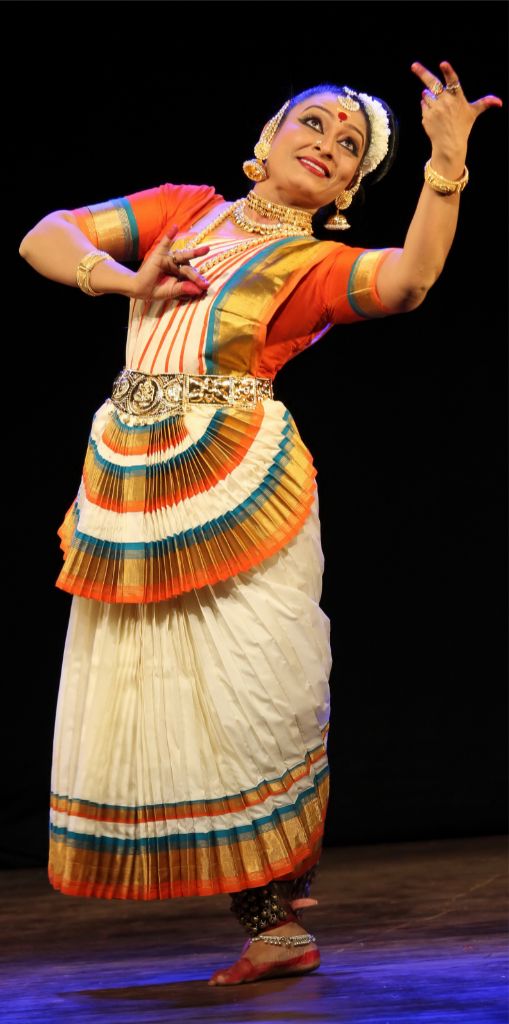Mohiniyattam
Mohiniyattam is one of the most lyrical classical dance traditions originated from Kerala, the land of palm trees, backwaters, caparisoned elephants, Kathakali, Koodiyattam and innumerable folk arts and festivals; that is God’s own land. Its movements are soft and graceful (lasya-oriented) and soaked in feminine grace. They resemble the sway of palm leaves in the gentle breeze. ‘Mohini’ means enchantress, and ‘Attam’ means dance; Mohiniyattam is the dance of the enchantress traditionally performed by women
The tradition of Mohiniyattam can be traced back to the 16th-17th century, a period generally considered the golden era of arts and literature in the history of Kerala. The murals and sculptures of the 18th century in some temples and palaces also depict the concept of Mohini.
The earliest known textual reference to Mohiniyattam is found in the commentary on the ‘Vyavaharamala’, a Sanskrit text by Mazhamangalam Namboodiri during the 16th century. Another reference to Mohiniyattam can be found in the Ottanthullal (a semi-classical and semi-folk dramatic art form of Kerala) script Ghoshayatra, authored by Kunchan Nambiar during the 18th century.
Perhaps Mohiniyattam is India’s only art form subject to several revivals and renaissance. The efforts of Maharaja Swati Tirunal (1813-1846) and the attempts of Kerala poet laureate Vallathol Narayana Menon in 1932, 1937 and 1950 are essential endeavours in the history of this art.


